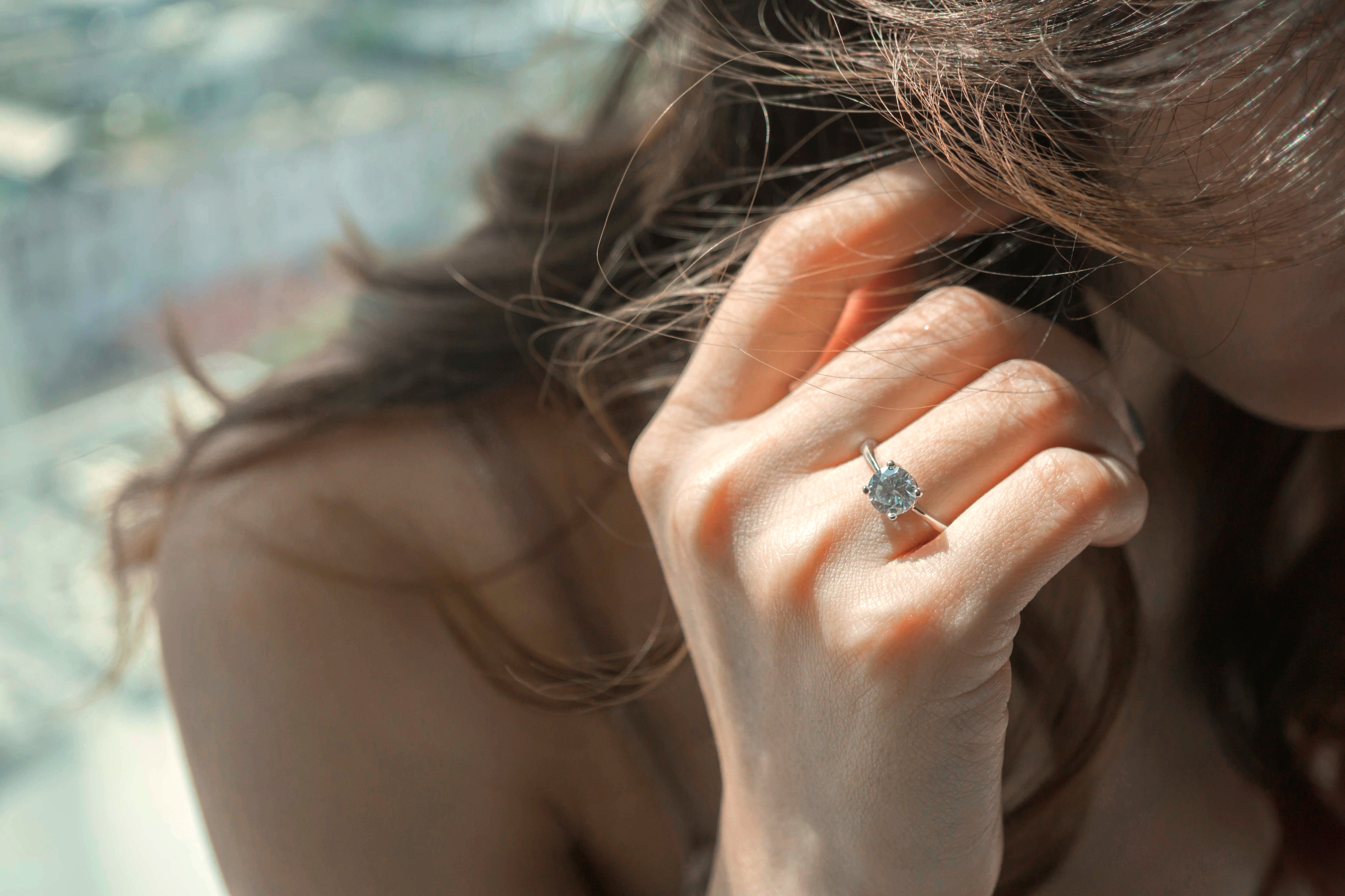Are Lab Diamonds Cheaper?

Although many people choose lab-grown diamonds for environmental reasons, lab diamonds also cost less than mined diamonds. But maybe not as much less as you think. Here’s why.
Mined diamonds cost a lot because mining costs a lot. Most mines are located in remote areas and are huge operations requiring hundreds of millions of dollars in investment.
For example, the diamond deposit that became the Diavik mine in Canada is located in the artic circle in a lake. Supplies to build the mine could only be trucked in during the winter via an ice road. In Namibia, diamonds are mined from the bottom of the ocean under hundreds of meters of water. It can take a decade or more from the time diamonds are discovered before the first carat is mined.
All of that development in remote places is expensive. And then 250 tons of earth have to mined to find a single carat of diamond. That’s why mines sometimes don’t even turn a profit despite the high cost of natural diamonds.
Growing rough diamond crystals in a lab doesn’t cost as much as mining. Growing diamonds takes high-tech machinery and lots of energy to create the heat and pressure required to encourage diamond crystals to grow and hold it constant for weeks at a time. But the raw material for diamonds, carbon, is plentiful and can even be sourced from greenhouse gases like methane.
That means that lab diamonds cost less to produce than natural diamonds. The price difference depends on carat size and the 4Cs of quality. In most cases it ranges from 30% to 50% less than a comparable mined diamond of the same quality and size.
That means that your budget goes much further. You can choose a better-quality lab grown diamond. Or you can choose a larger carat weight. Or you can use your savings to buy your wedding bands or to put toward a house.
For example, Britney Spears has a four-carat round brilliant diamond engagement ring from Sam Asghari. If you want a ring like Britney’s, you should expect to pay $100,000 for a beautiful four carat mined diamond. If you choose a four-carat lab-grown diamond at Brilliant Carbon instead, you’ll pay only $20,000. That’s $80,000 in savings!
Each diamond, lab-grown or natural is unique, with its own fingerprint of microscopic characteristics. Each one has a unique combination of quality factors that affect its value.
Rarity is one of those factors that affect value. Although today lab-grown diamonds are much more rare than natural, accounting for a small percentage of the diamond market, it’s likely that they will become more available in the future. It’s also likely that as more people discover the advantages of lab-grown diamonds they will be more in demand. Will lab-grown prices rise or fall in the future? It’s difficult to say. You may not be able to sell a lab-grown diamond for the same price you paid for it. That’s true of mined diamonds too but there are more resale options for mined diamonds. Of course, you save a lot up front and if you are buying your diamond to keep rather than to sell, that isn’t as important.

Why Aren’t Lab Grown Diamonds Less Expensive?
Sometimes people are surprised that lab-grown diamonds aren’t cheaper. We’ve had customers who expect lab grown diamonds to be priced at a few hundred dollars like imitations like moissanite or cubic zirconia.
Mining diamonds and producing lab grown diamonds are both expensive thanks to the unique characteristics of diamonds. Diamonds are the hardest substance, a crystal of a single element carbon. Carbon atoms don’t easily bond: the graphite in pencil lead is carbon that easily rubs off on paper.
Carbon only forms the close bonds of diamond under extreme heat and pressure. The atoms in diamond are closer together than in any other substance on earth. People tried to create diamond in the lab for decades before they succeeded. Even today, it’s difficult to grow diamond crystals that are flawless and colorless in large sizes. It requires meticulous control of the growing environment for weeks at a time.
Because the crystals form layer by layer, the rough is thin and wide, rather than equal in all directions. It is difficult to grow rough that is deep enough to cut large diamonds.
The largest gem-quality polished diamond ever grown by the CVD process is about 15 carats in size. The largest polished natural diamond, the Cullinan from the British Crown Jewels, weighs 530 carats.
Because lab-grown rough diamonds are relatively expensive, cutters must carefully plan how to maximize the sizes and qualities of polished gems, just as they do for mined diamonds. Lab-grown diamonds are cut and polished by hand by the same kinds of skilled cutters, using the same skills and techniques used to polish mined diamonds.
Lab grown diamond engagement rings and lab grown diamond jewelry is crafted to last in precious metals too. This isn’t costume jewelry: it will be just as beautiful decades from now.
Lab grown diamonds are identical to mined diamonds except for origin and price. But just because they are less expensive than mined diamonds doesn’t mean they are cheap. Diamonds are never worthless. Lab diamonds have lasting beauty, with the identical brilliance, scintillation, fire and hardness as mined diamonds. That’s why lab diamonds have real value.
Browse Brilliant Carbon’s selection of lab diamond engagement rings, lab diamond earrings and lab diamond necklaces and discover just how beautiful lab diamond jewelry can be.

